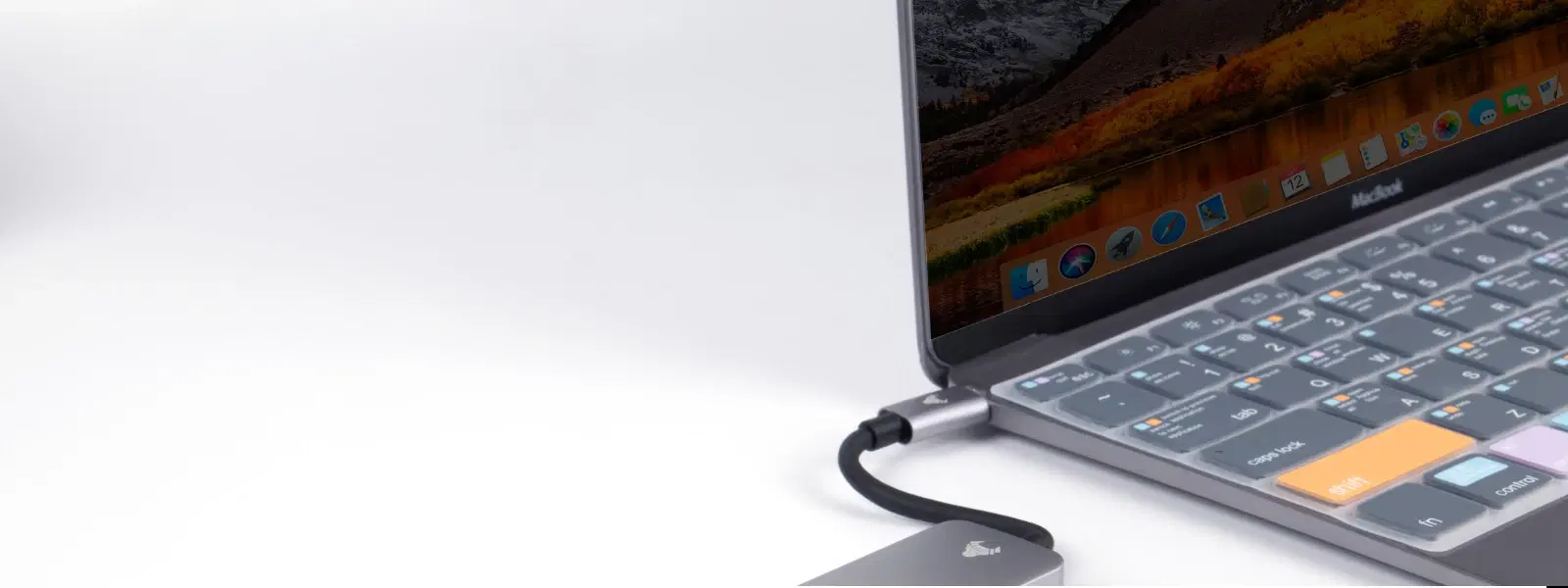
Consumer Electronics
•04 min read
Ever wondered how to install Windows 10 using just a USB flash drive? It’s simpler than you think, yet many struggle to get it right. This guide unpacks everything you need to know about booting a USB for Windows 10 installation. Whether you’re setting up a brand-new PC or troubleshooting installation issues, the steps outlined here will empower you to create a bootable USB drive and configure your system with ease.
USB booting refers to the process of starting your computer from a USB flash drive instead of a traditional hard drive or CD/DVD. This method offers several advantages, including portability and a generally faster setup process. With a bootable USB, you have a neat tool that lets you bypass older installation methods and make use of more current, efficient technology.
Using a USB for installing Windows 10 means you get a quicker, more portable installation process. It is particularly useful in scenarios such as upgrading your operating system, installing a fresh copy on a new device, or even addressing system issues. The process is streamlined, which is essential when you want to spend less time waiting and more time enjoying a seamless experience.
Before you create your bootable drive, your USB must be correctly formatted. You can use Windows Disk Management or tools like Rufus for this purpose. The process involves selecting your drive, choosing the appropriate file system (FAT32 or NTFS), and marking the drive as active. Ensuring these settings are correctly applied is critical so that your system recognises the USB during boot.
One of the simplest ways to create a bootable USB for Windows 10 is by using the Windows Media Creation Tool. This tool guides you through transferring the necessary files onto the USB drive, turning it into a self-contained installation source. For advanced users, creating a bootable USB from an ISO file is also a viable option, offering a tailored approach that fits specific needs.
Once your USB drive is ready, the next step is entering your computer’s BIOS or UEFI settings to configure the boot sequence. Typically, you can access the BIOS by pressing keys like F2, DEL, or ESC during startup. The BIOS stands for Basic Input/Output System, while UEFI is its modern counterpart, each playing a crucial role in recognising bootable drives.
Within the BIOS settings, adjust the boot order so that the USB drive tops the list of devices from which the computer boots. This ensures that when you power on your system, it will prioritise the USB drive during the startup process. Navigating and saving these changes is straightforward, and a quick review of your settings can save you from potential headaches later.
Pro Tip: Double-Check Your USB Configuration
Did you know? Selecting the wrong file system (e.g., FAT32 vs. NTFS) during USB formatting can prevent your system from booting correctly. Always ensure your USB is formatted in the recommended file system for Windows 10 installation.
Even with careful preparation, troubleshooting may be required. Common issues include the USB not being recognised by the BIOS or error messages popping up during the boot process. Causes could range from incorrect BIOS configurations to a corrupted bootable USB. A systematic review of your settings and a reformat of your USB drive often resolve these issues.
For those who are more technically inclined, advanced troubleshooting might include using diagnostic tools to identify hardware or software issues. It may also help to check if the USB drive is fully compatible with your system’s hardware or if there are any file system errors that need addressing to ensure smooth operation.
The boot process starts with inserting your USB drive and powering on your system. Once you enter your BIOS, ensure that the USB drive is at the top of the boot order. When you save and exit, your system should start recognising the bootable USB drive. Follow any on-screen prompts and instructions to commence the Windows 10 installation. The process is designed to be intuitive, guiding you from system startup to the installation workspace with clear visual cues and messages.
After successfully installing Windows 10, it’s wise to practice a few post-installation tips: update your drivers, perform system optimisation, and maintain your USB drive as a ready-to-use tool for future installations or troubleshooting scenarios. These small steps ensure that your system remains efficient and secure over time.
Follow these steps: Format your USB, create a bootable USB using the Windows Media Creation Tool, configure BIOS settings to prioritise USB boot, and start the installation process.
Access your BIOS settings during system startup, navigate to the Boot menu, and ensure USB support is enabled.
Use tools like Rufus or Windows Disk Management to format the USB drive and set it as active. Ensure you use the correct file system, such as FAT32 or NTFS, as per the recommended guidelines.
Possible reasons include incorrect BIOS configuration, an unsupported USB format, or a corrupted bootable USB. Double-check your USB setup and BIOS settings to resolve the issue.
It’s recommended to use a USB drive with at least 8GB of storage and ensure it’s compatible with your system’s hardware for a smoother installation process.
Booting a USB for Windows 10 installation doesn’t have to be complicated. By following this guide, you now understand the entire process—from preparing your USB drive to troubleshooting common issues. Whether you are a beginner or a more experienced user, the steps outlined can help you install Windows 10 effortlessly while also enjoying seamless operation. This walkthrough is designed to support your tech aspirations, ensuring that you continue to explore and enjoy efficient technological solutions, much like the trust and convenience offered by your favourite platforms.